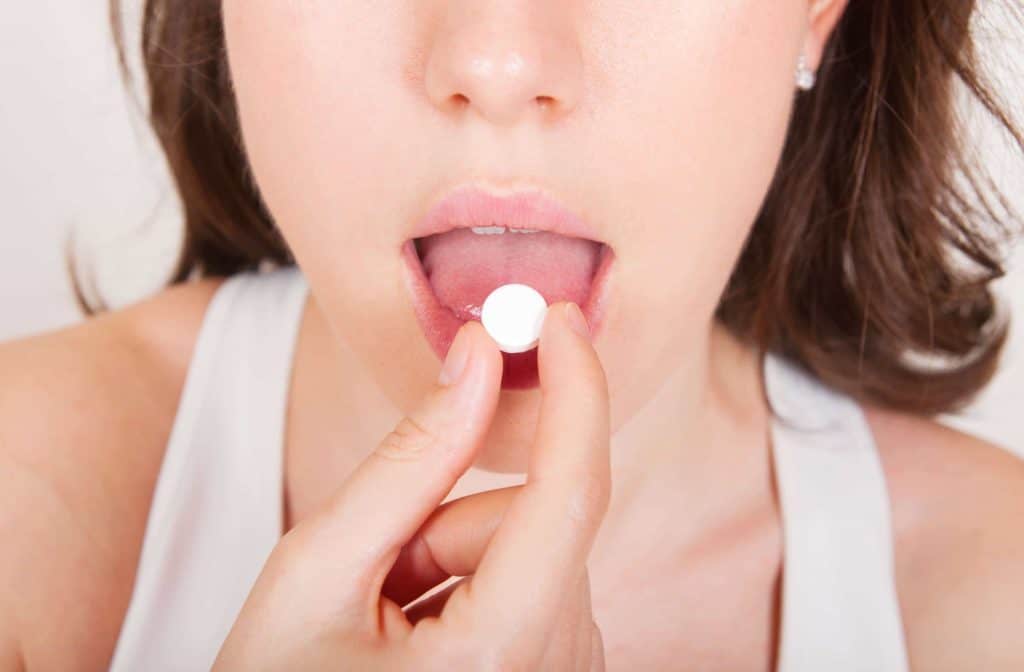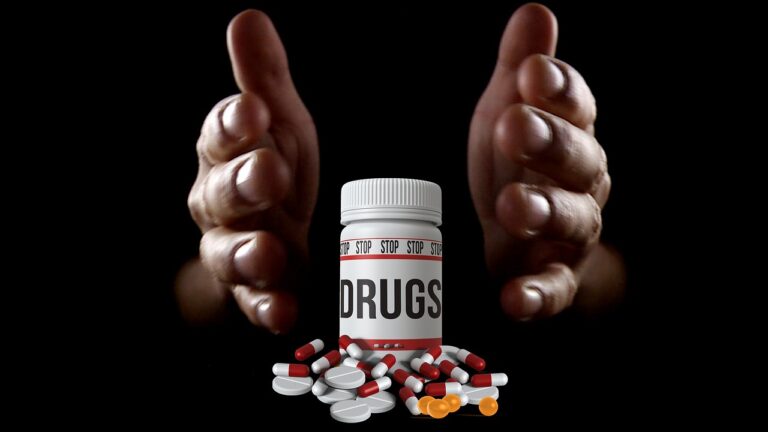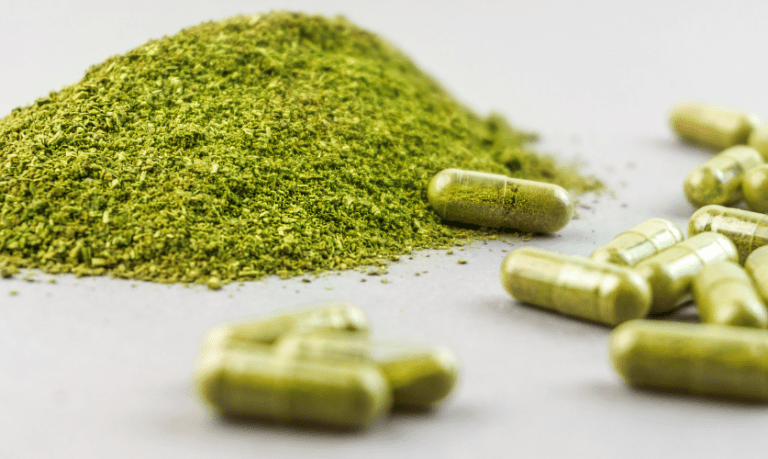What is Suboxone?
At Oasis Recovery in North Carolina, we use medication-assisted treatment (MAT) to help those with opiate addictions begin the road to recovery. Medications like Suboxone (buprenorphine) and methadone are designed to help clients immediately begin treatment without having to undergo an intense period of detox and withdrawal.
What is Suboxone and How to Use It
Suboxone (buprenorphine) comes as a sublingual tablet. Sublingual simply means you place the tablet under your tongue and allow it to slowly dissolve in your mouth. It’s important not to eat or drink anything until a sublingual medication completely dissolves.
A related medication is Zubsolv combines the medication (buprenorphine) in Suboxone with the medication in Narcan (naloxone). Both medications are typically taken as a once daily dose.
Consult a professional medical physician to determine the appropriate medication dosage based on your opiate habit. After your doctor determines an appropriate dose, these products are usually taken once a day.
These medications sometimes come in what is referred to as a buccal film. To apply the film, you wet the inside of your cheek or rinse your mouth with water before you apply the film to the inside of your cheek. In some instances, a person may be prescribed to use more than one film at a time. If so, place one film on each side of your mouth. You should not use more than two films in your mouth at once. The films are designed to remain in a person’s mouth until they dissolve. Avoid touching the film, tearing, chewing, or swallowing the film. Do not eat or drink anything until the film(s) completely dissolve.
When using medications like Suboxone, it’s important that you do not cease usage or change dosage without consulting your doctor. Abruptly ceasing use or changing your medication regimen can result in unpleasant withdrawal symptoms that may include:
- Hot or cold flushes
- Sweating
- Vomiting or diarrhea
- Restlessness
- Muscle pain
- Teary eyes
- Runny nose
How Suboxone Works
Suboxone blocks the euphoric effects of opioids and opiates. This means that a person who is taking this medication can avoid the withdrawal and cravings associated with opiate abuse but is not getting high.
Some studies have indicated that Suboxone is less habit-forming than methadone. The side effects associated with Suboxone tend to be more physical and less psychological.
It’s important to keep in mind that MAT therapy using medications like Suboxone is just one element of treatment. A person in recovery who is using Suboxone should also be engaged in substance abuse counseling and mental health counseling to avoid relapse and learn life skills that will allow them to lead a more positive and healthy lifestyle when they are able to embrace a full recovery.
Common Side Effects associated with Suboxone
There are a number of common side effects that are associated with Suboxone use. These may include:
- Headache
- Stomach issues
- Constipation
- Sleep issues
- Mouth numbness
- Tongue pain
- Blurred vision
- Back pain
It’s important to be aware that a person can overdose on Suboxone or related medications. Signs of overdose can include:
- Extreme drowsiness
- Slow or shallow breathing
- Difficulty breathing
- Unresponsive
If someone is showing signs of having overdosed on Suboxone, it’s important to immediately seek emergency medication attention.
The Effectiveness of Medication-Assisted Treatment (MAT)
Medication-Assisted Treatment (MAT) has shown a high rate of efficacy. Millions have used MAT tools in order to reduce the need for inpatient detox services.
Overall, the goal of using a MAT strategy is for individuals to make a complete recovery and learn how to live a full life without the need for medications to avoid relapse. In the short term, the MAT approach can help in a number of ways including but not limited to:
- Higher rates of survival
- Improved treatment retention rates
- Decrease in drug use
- Decrease in criminal activity by those with addictions
- Increase in ability to gain and maintain employment
- Improve birth outcomes for pregnant women with substance abuse disorders
- Lower risk of contracting or spreading STIs
Medications Used to Treat Opioid Addiction
The three commonly used medications to treat opioid addiction are methadone, buprenorphine, and naltrexone. These medications are sometimes combined with other medications to create formulations that are believed to improve efficacy. One example includes
Methadone is an older stand-by that has been used experimented with since the 1960s and was approved by FDA for this use in late 1972 to treat opioid abuse. Methadone is a synthetic opioid that can offset withdrawal symptoms without the euphoria that leads to a cycle of abuse. At high doses, methadone can block the effects of opiates from providing euphoria if a person relapses.
Methadone is typically packaged as:
- Dolophine (methadone hydrochloride) tablets
- Methadose (methadone hydrochloride) oral concentrate
Buprenorphine was approved by the FDA in 2002 to treat opioid dependence. Buprenorphine suppresses withdrawal symptoms. Buprenorphine comes in a variety of formulations that are selected based on the particular circumstances of someone in recovery. Common formulations include:
- Suboxone (buprenorphine and naloxone)
- Bunavail (buprenorphine and naloxone)
- Cassipa (buprenorphine and naloxone)
- Probuphine (buprenorphine)
- Sublocade (buprenorphine extended‐release)
- Subutex (buprenorphine)
- Zubsolv (buprenorphine and naloxone)
These medications can be packaged for sublingual use as a film or tablets or other methods.
For those with opioid addictions, naltrexone works by blocking the opioid receptors so that they are unable to be activated in response to opiates entering the body.
If someone takes opiates while also using naltrexone, they will not feel any of the euphoric effects associated with opioid abuse.
Naltrexone is administered in an injectable, long-acting formulation (commonly under the brand name Vivitrol). Vivitrol is designed to be administered as a once a month dose.
Choose MAT for Opiate Addiction Recovery
Medication-assisted Treatment (MAT) has been proven effective for reducing the need for inpatient detox services. When integrated with an opiate addiction recovery treatment plan, MAT allows addiction counselors to immediately begin work with clients to address therapeutic behavioral and mental health needs that address the core issues that lead to substance abuse and negative life decisions.
Those in recovery who use MAT are able to maintain or gain employment while they continue treatment. By allowing a person’s body and mind to return to a baseline state of normality, they are able to engage in everyday life situations while engaged in conventional treatment options such as a 12-step program, individual therapy, group therapy, relapse prevention, and other essential programs and therapies to avoid returning to the cycle of abuse and maintain lasting sobriety.
Contact Us Today about MAT Recovery Options
Oasis Recovery integrates MAT recovery options into our overall treatment and wellness plans for those struggling with opiate addictions.
We offer a side range of treatment options and services to ensure clients receive the best possible care. We always put your safety and security first when designing a personalized treatment plan designed to meet your needs. Contact us today to speak with a specialist about recovery options tailored to meet your personal needs. .












